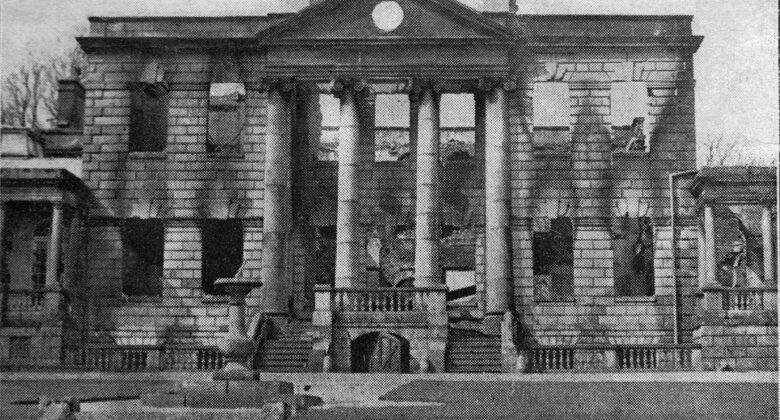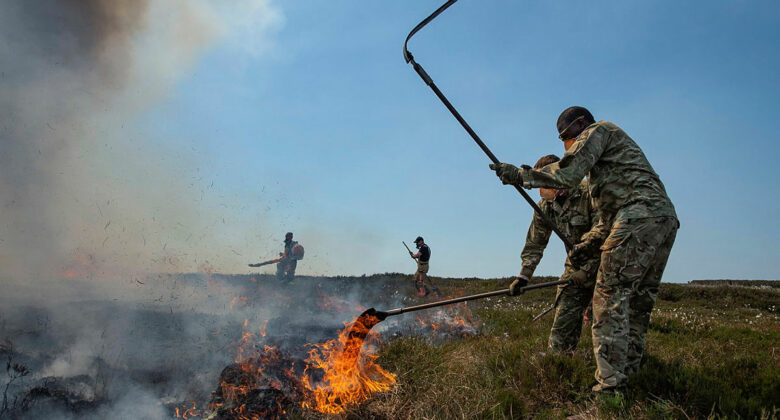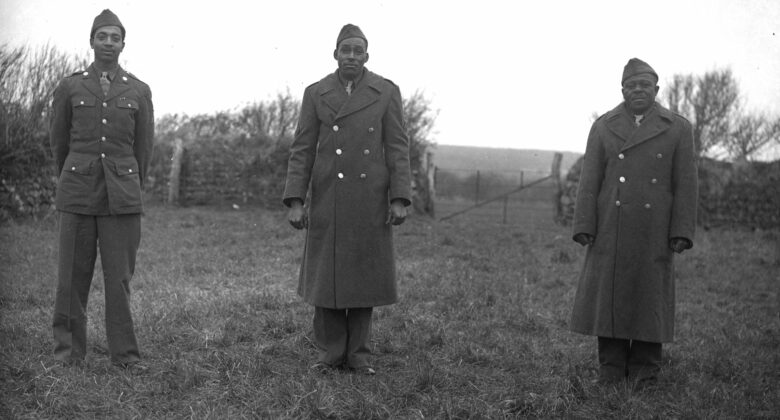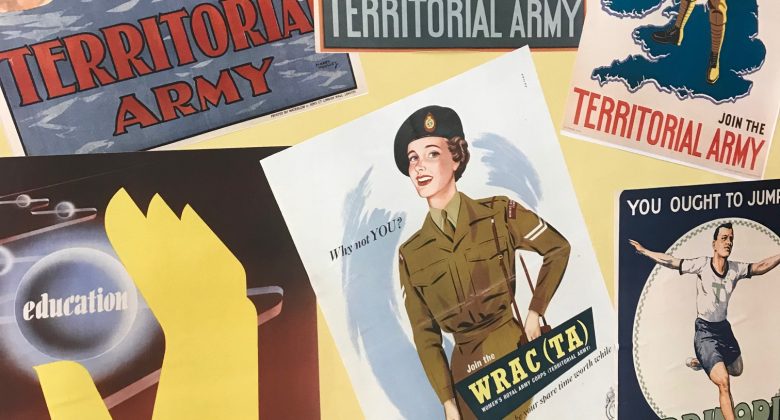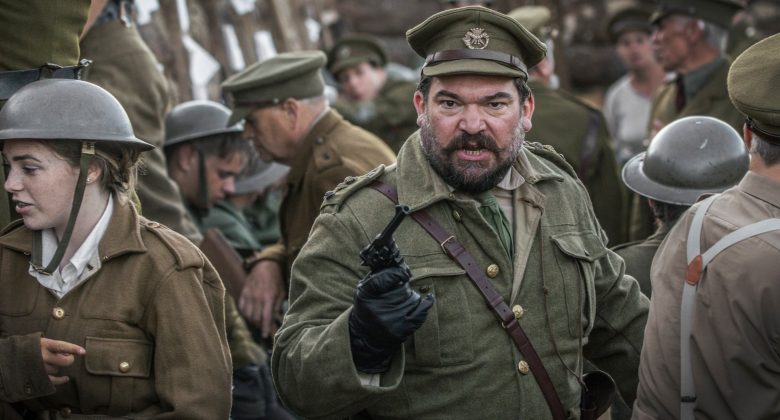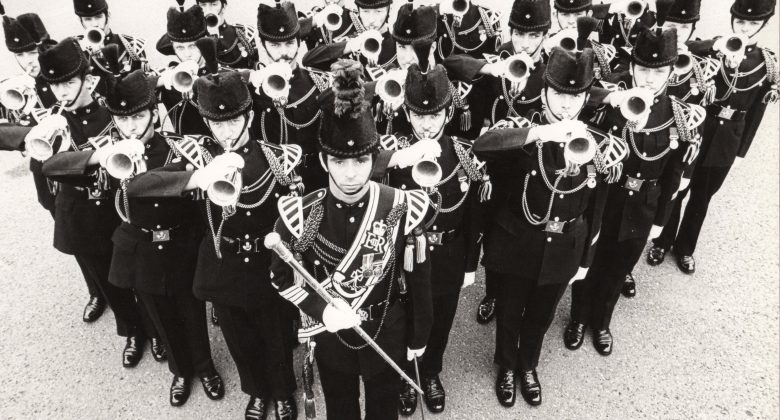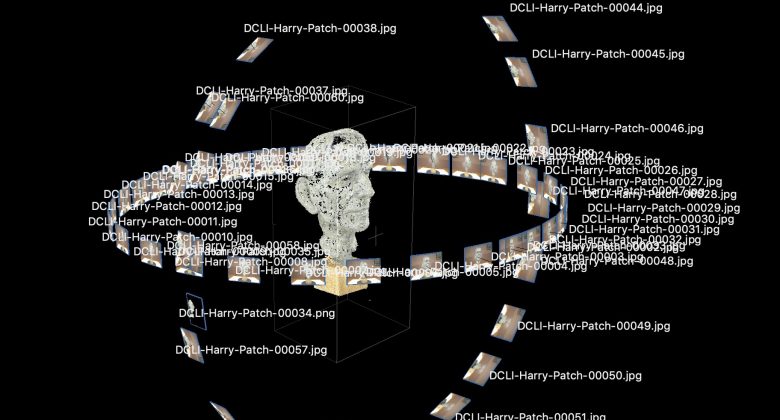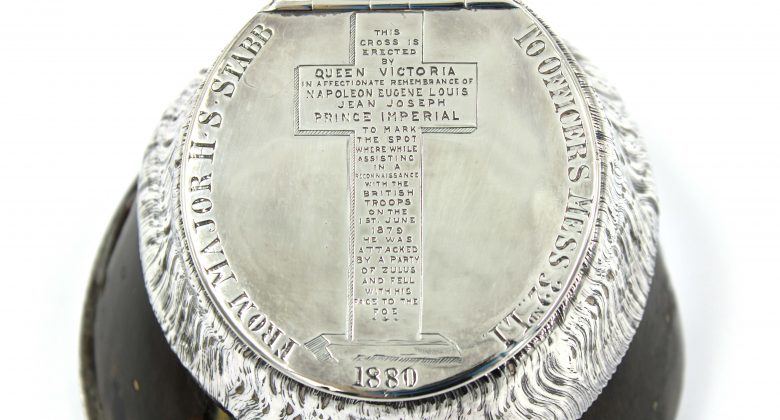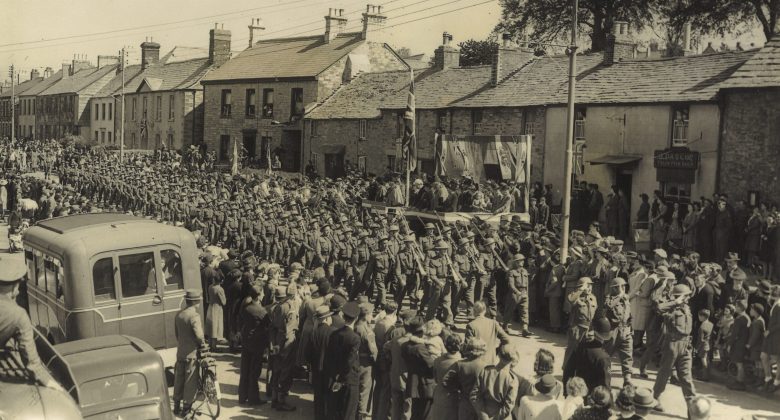The museum holds exhibitions each year to bring the collection to life and tell new stories. These exhibitions are often curated by people from the community, bringing fresh, and sometimes challenging, perspectives and insights.
We aim to put information about current and past exhibitions online to create a lasting legacy and provide a resource for people who are unable to visit us in person.
Scroll down the page to find out about our exhibitions.

